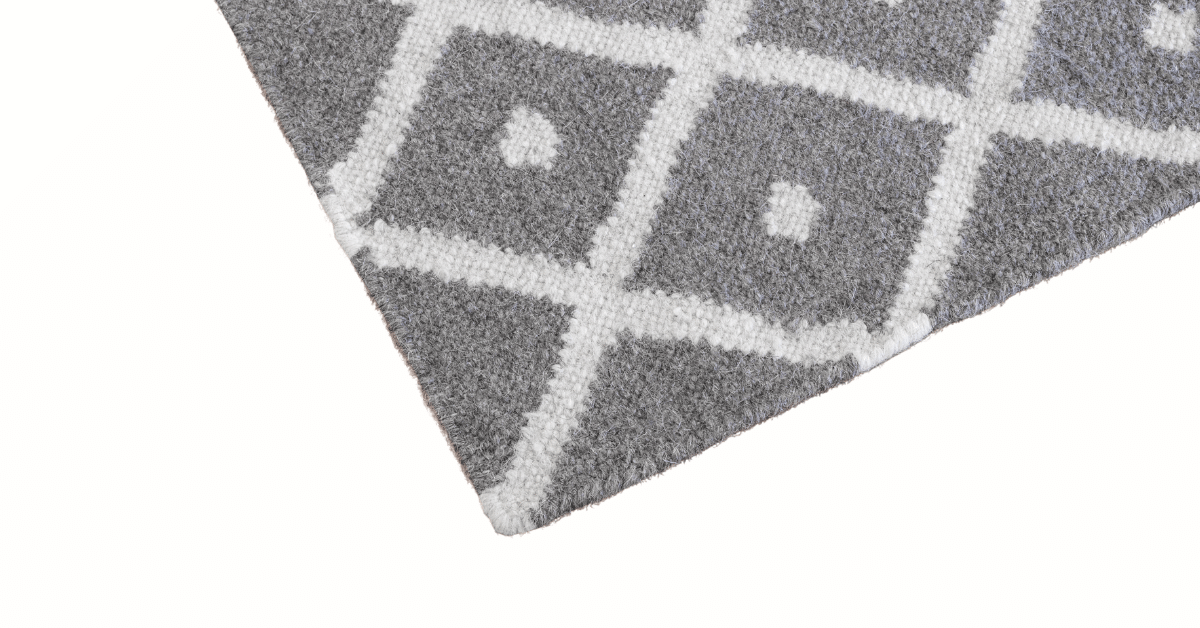Reasons Why Size Matters
You may come across many rugs that you love and have all the right designs, patterns and colors – the perfect rug however will fit seamlessly in the living space. The fastest and accurate way to determine the rug size you’ll need for your living space is to measure it with a measuring tape or if you already have access to measurements from your floor plan.
However, the size of the living space isn’t the only requirement you need to know. You will also need to evaluate how much space is required in between, around, front, and back of your furniture as well. In order to achieve a visually appealing space that will mold well with your selection of rugs, you must plan exactly what sizes you need.
What are Common Rug Sizes?
Although handwoven rugs, there are a variety of sizes but generally there is a setlist of sizes that most manufactured and handwoven rugs follow and abide by. Especially with newer rugs that were produced in the last few decades generally stick with the standard sizes. Older rugs usually vintage or antique pieces have a variety of unique sizes.
Here are the most common rug sizes:
- 3’ x 5’
- 4’ x 6’
- 5’ x 8’
- 6’ x 9’
- 8’ x 10’
- 9’ x 12’
- 10’ x 14’
- 12’ x 15’
Finding the Right Size for Your Living Space
Things to keep in mind when you look for the perfect fug in your living space is how it molds with your furniture. Although design, colors and patterns play an essential role in unifying the space – the size of the rug is important as well; you need to plan the spacing between certain furniture that is on top of and around the rug.
For example, here are some ways to layout the rug in your living space:
- All Legs on Board: This means all the furniture will be placed on the rug. Generally, this means that you want to find a rug that is closest to the dimensions of your living space.
- Front Legs Only: The furniture pieces will be placed over along the edges of the rug.
- Layering Two Rugs: Although like the front legs only technique, you can layer a smaller rug under the center piece furniture to add depth to your design in the space. Another way to utilize this technique is creating an asymmetrical look to your space by layering the smaller rug off to the side.
- The Float: If you’re on a budget and don’t want to spend too much on a large sized rug, you can look for a rug that fits the center piece furniture (like a coffee table) with a few inches of rug around the piece. It gives a floating “island” effect to your space.
- The Sculptural Float: This is all dependent on the unique outline of a rug. For example, centering an “animal” or “cowhide” rugs that can range from many different styles based on species.
The Different Shape of Your Rugs
There are many shapes of rugs, the most popular and traditional shapes are: square, rectangular, circular and ovals. Traditional shapes are the easiest to find and work well in any living space in the home. For the unique shapes of your home, the most common areas for these rugs are in children’s bedrooms or playrooms. The right measure in the choice of rug will greatly assist in finding the best shape that suits your living space.

